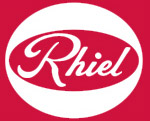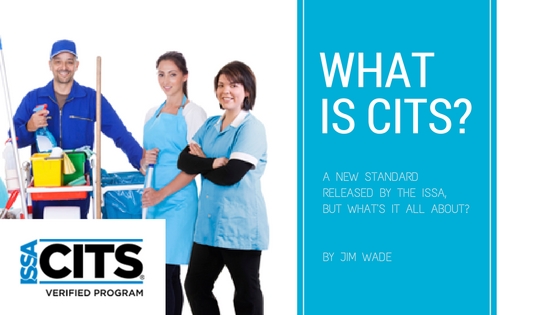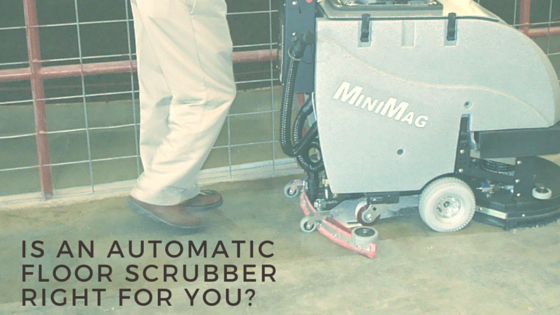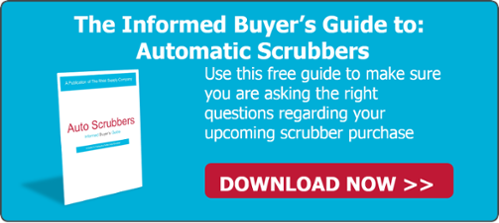How Often Should I Disinfect?
A question I often get when discussing disinfection is “how often should I disinfect?” The answer is it depends. If you are disinfecting a room daily that is only used twice per week then you are doing more than you need to. If you disinfect a room once a week that is used everyday then you are not disinfecting enough. Below I will briefly explain how you can determine the frequency at which you should be disinfecting by analyzing the touch points in your facility.
The more a surface is touched, the more often it should be disinfected. A protocol unique and best suited to your environment begins here. Touch points, or touch point surface areas can be categorized three ways. Each will receive the appropriate level of disinfection frequency.
Not all touch points require the same frequency of surface disinfection. For example, door knobs, computer equipment, elevator controls, hand rails, chair arms, table tops and many other surface points are designed to be touched and should be considered high touch points. Touch points surrounding points designed to be touched including doors, door frames, locker surfaces and tabletop bottoms are touched less, and may be categorized as medium touch points.
Low touch points are areas that may include any surface mentioned above, yet touch traffic is limited or infrequent altogether. Examples may be walls that are not around areas of heavy foot traffic or floor boards. By reducing how often you disinfect these low touch points you can focus your time and energy on addressing areas that receive more touches.
A proper surface disinfection protocol will become most effective if aligned to the real activity in your spaces. Document your touch points and begin to map out your frequency of disinfection schedule or best practices accordingly. It is important to disinfect your high touch point as often as possible. Many times we look at the cost of labor and product over the cost of sick people in the space. Productivity and lost work time is a much higher cost then disinfecting . Its also important to remember you will actually save labor and product by identifying the high touch points from the medium and low so that you can maximize your labor and product by not giving equal time to low and high touch points.






